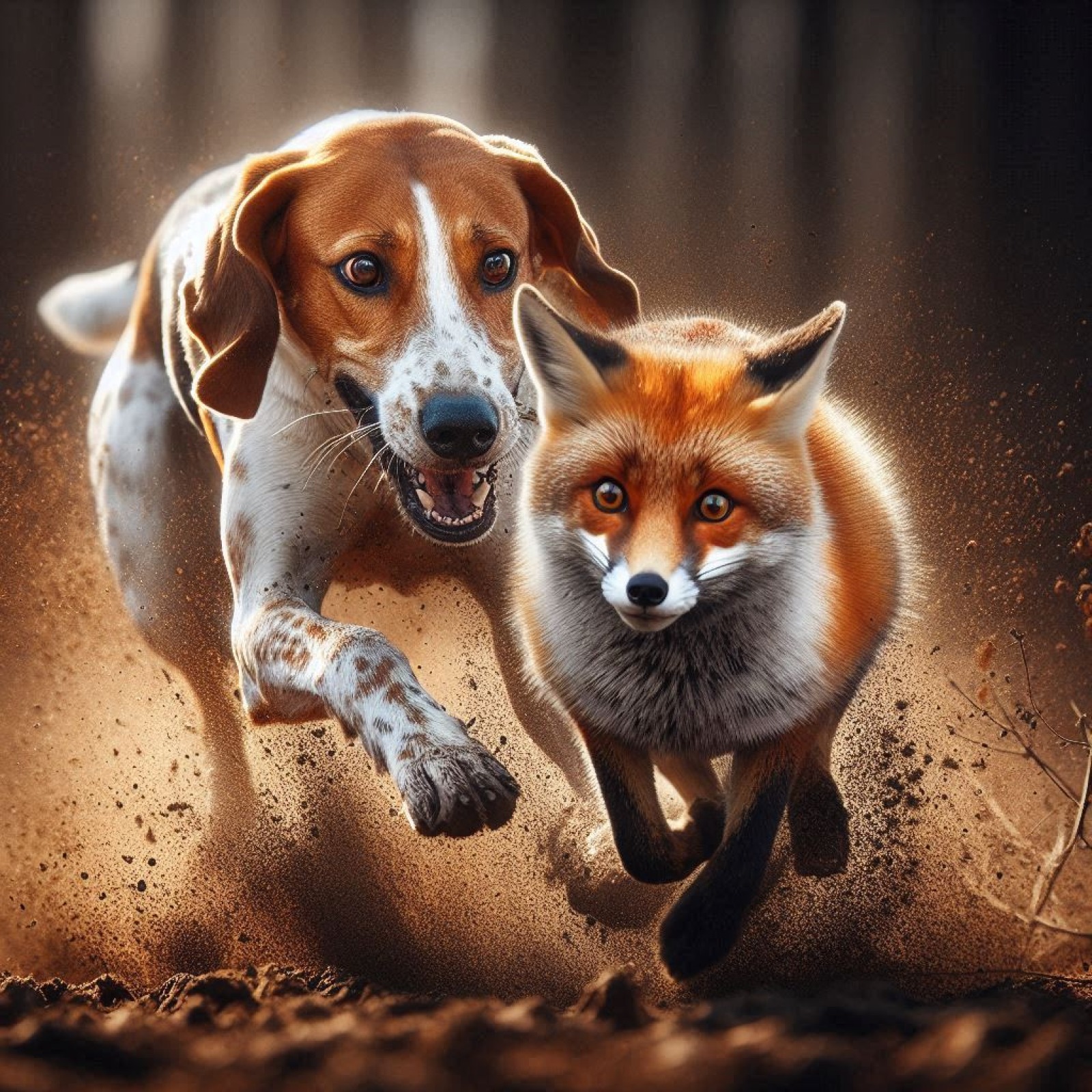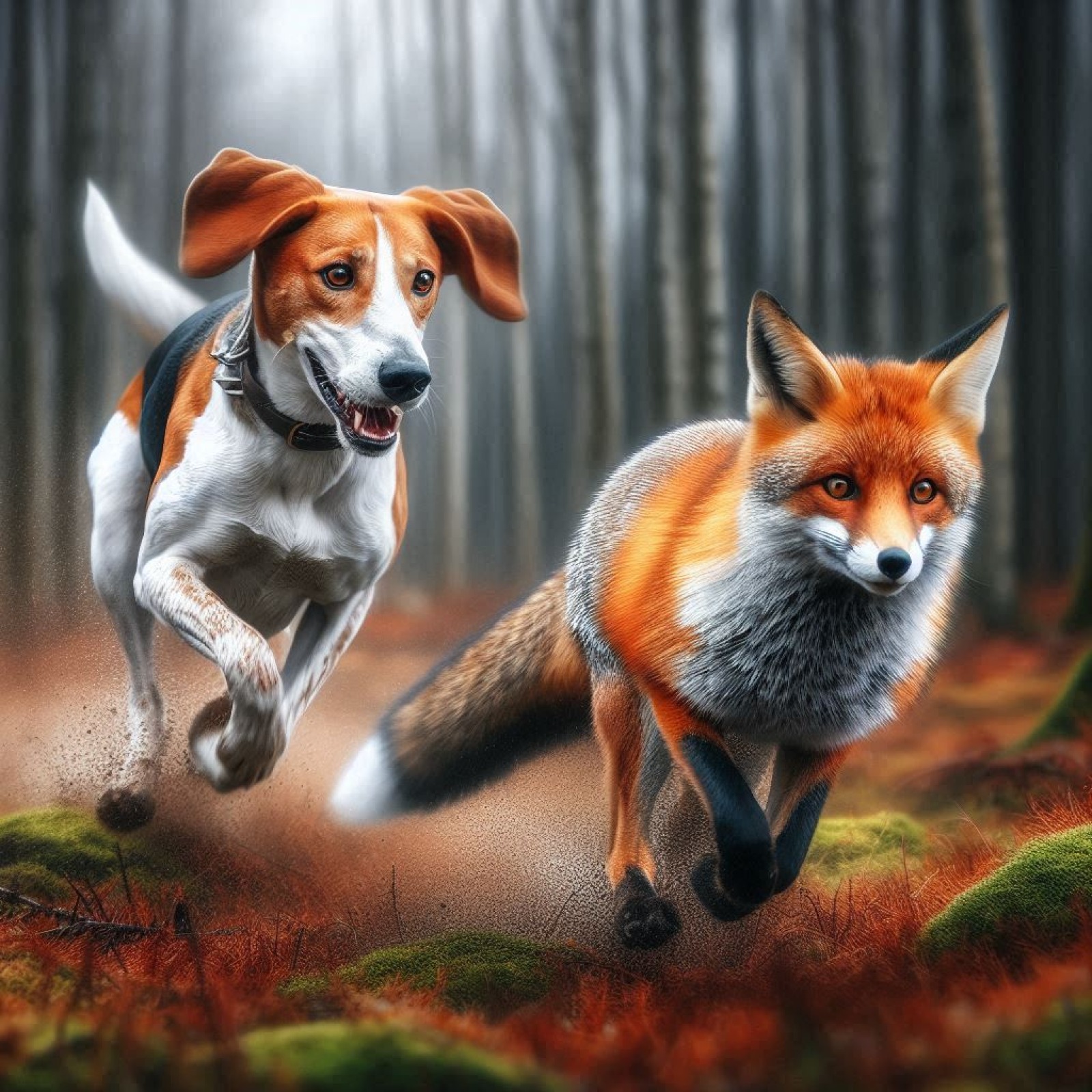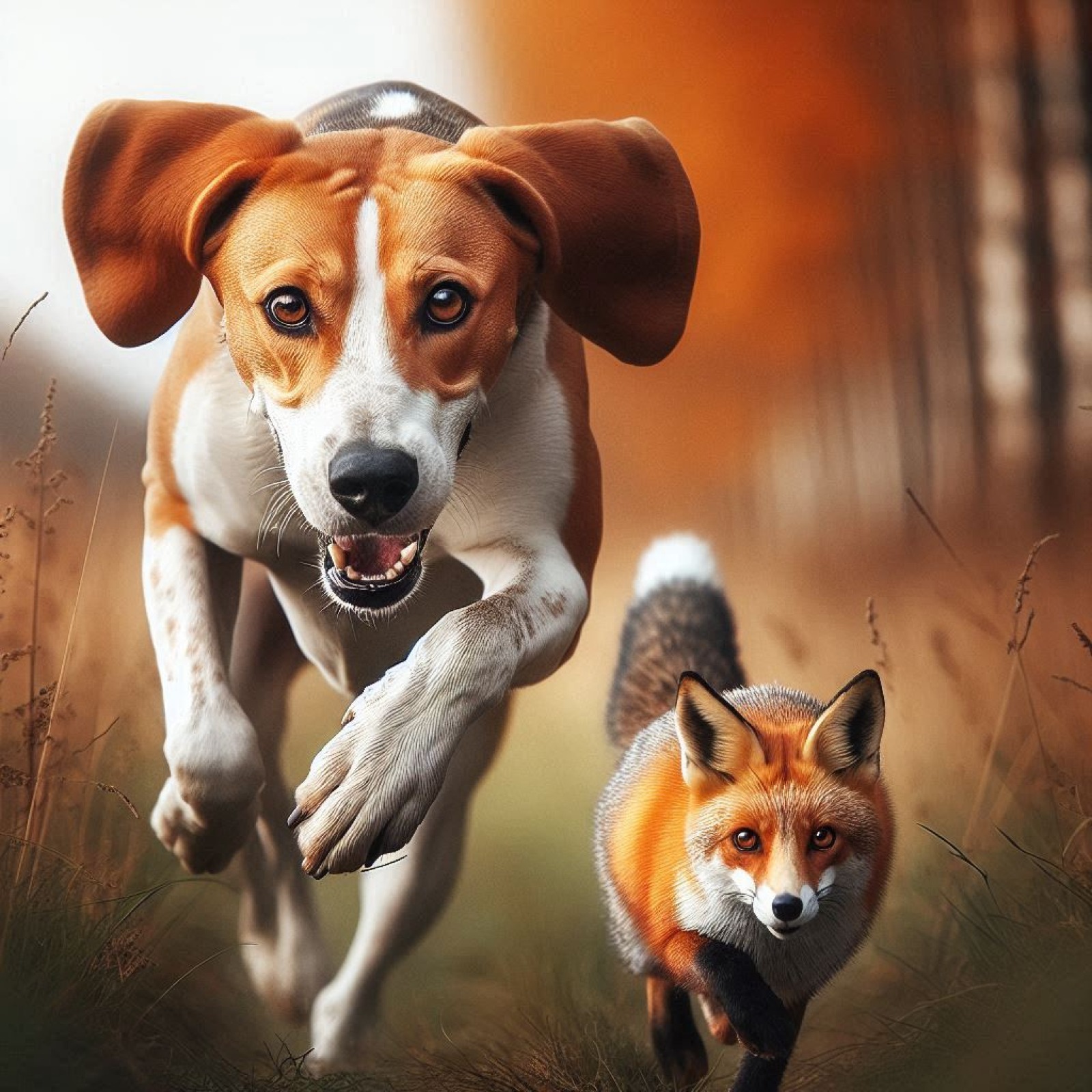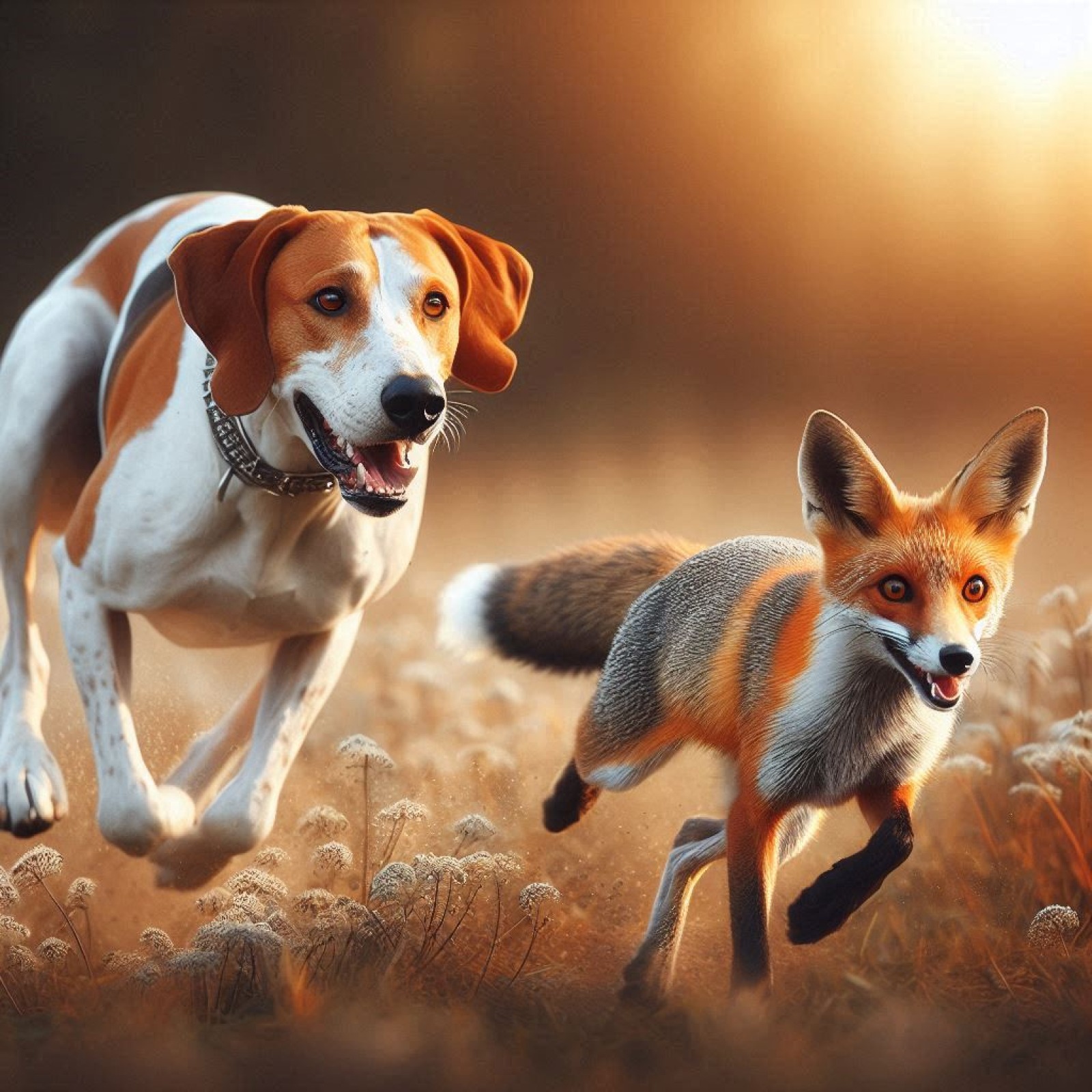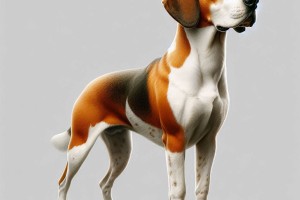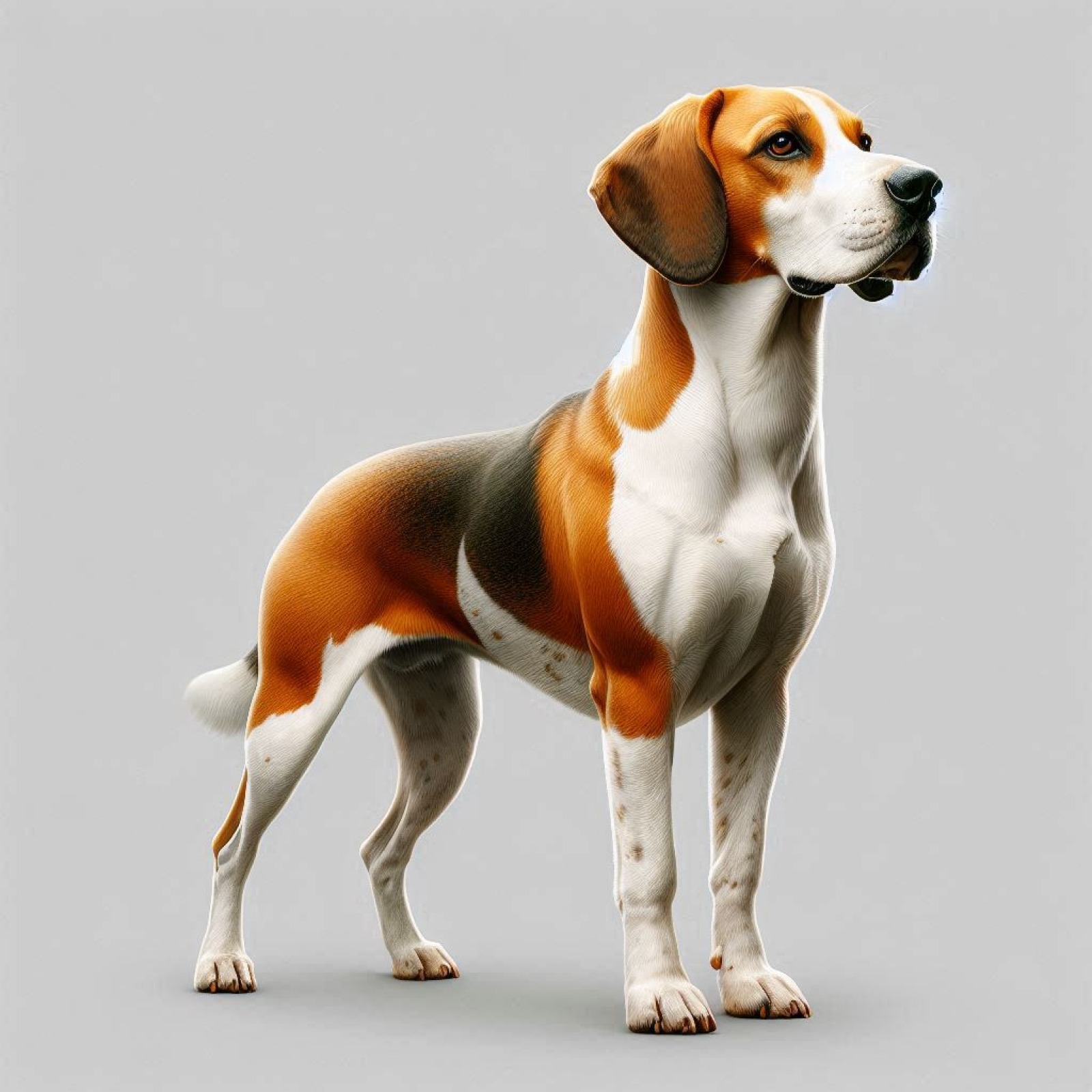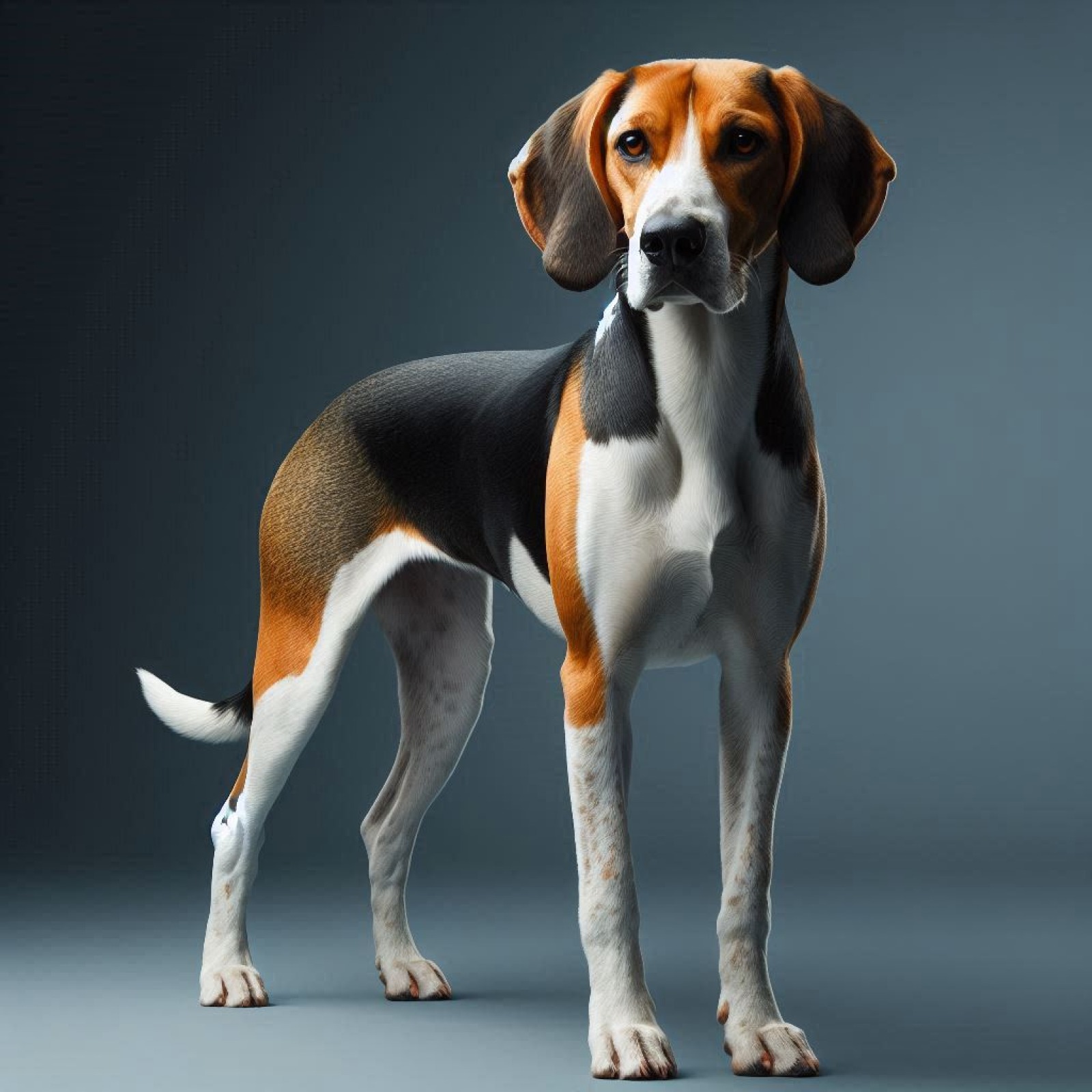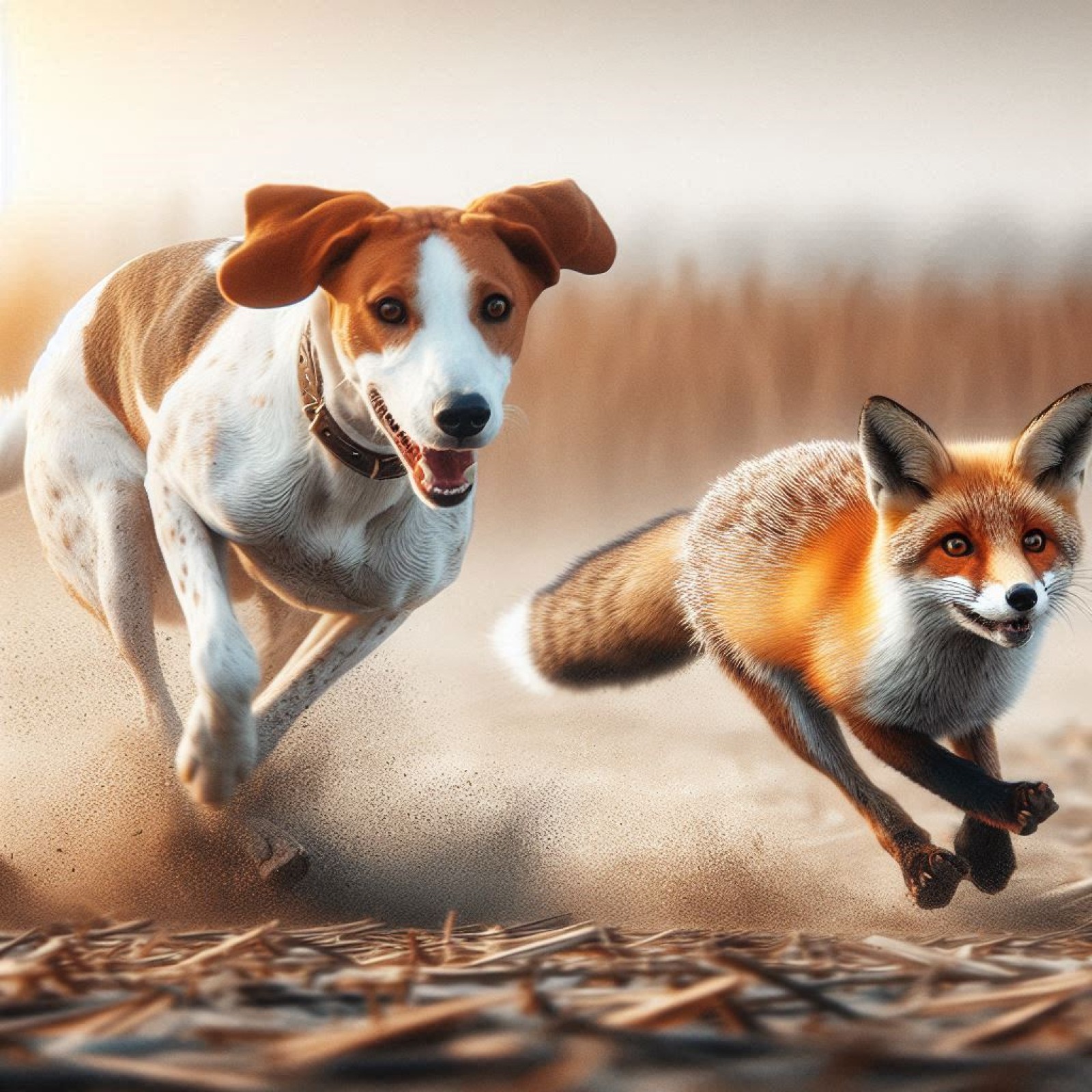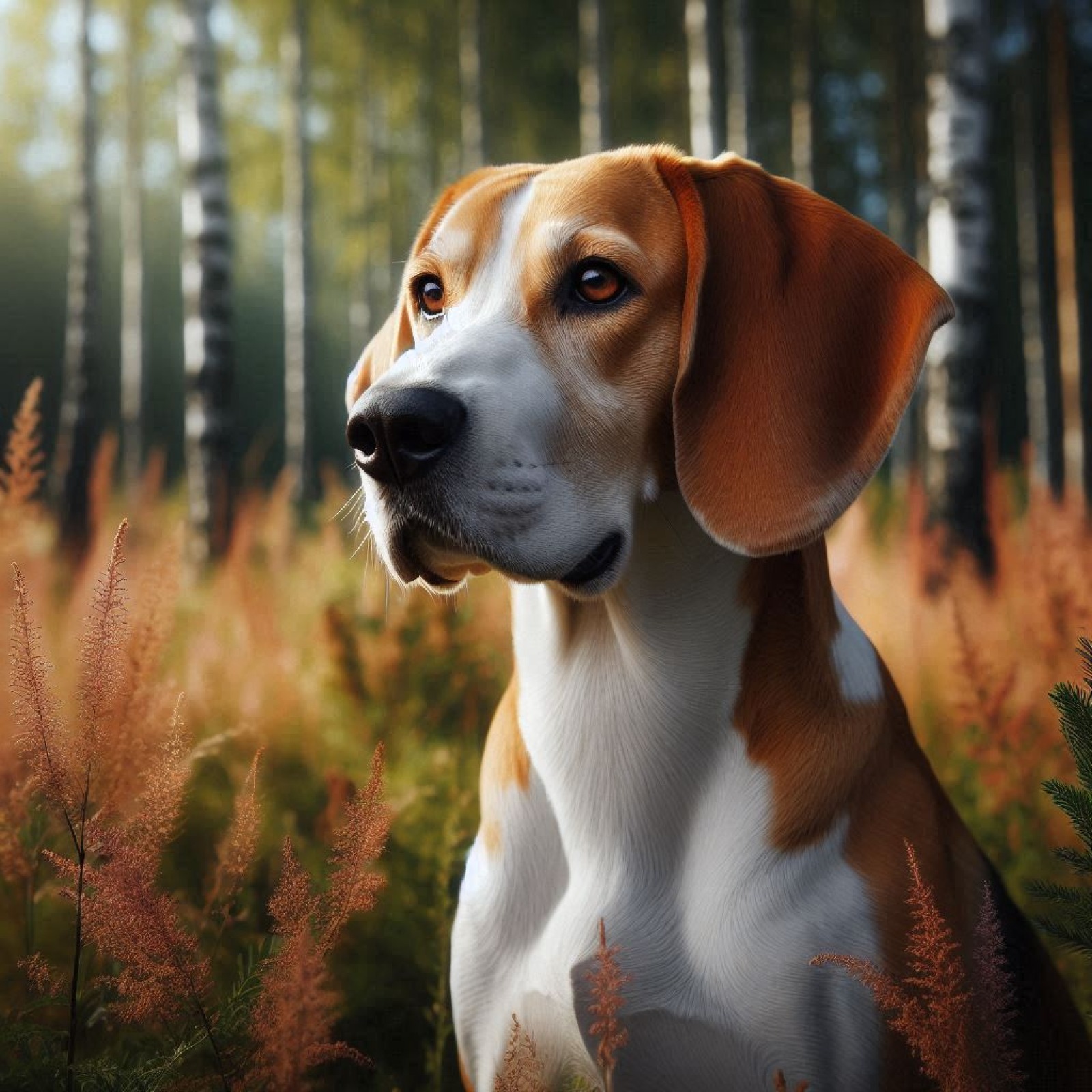American Foxhound
American Foxhound
Origin and History:
The American Foxhound is one of the oldest American breeds, with a history dating back to the early 18th century. This breed was developed in the United States from a mix of English, French, and Irish hounds brought over by settlers. George Washington, one of the breed's early enthusiasts, played a significant role in its development by importing French hounds given to him by the Marquis de Lafayette. The American Foxhound was primarily bred for hunting foxes and other game, and it remains a popular hunting companion today.
Appearance:
The American Foxhound is a medium to large-sized dog with a lean, athletic build. Males typically stand between 22 to 25 inches tall, while females are slightly smaller at 21 to 24 inches. They weigh between 60 to 70 pounds. The breed has a short, dense coat that comes in various color combinations, including white, black, and tan. Their long legs, deep chest, and strong back give them the endurance and speed needed for hunting. They have large, expressive eyes and long, floppy ears that add to their distinctive appearance.
Temperament:
American Foxhounds are known for their sweet-tempered, friendly, and easy-going nature. They are generally good with children and other dogs, making them excellent family pets. However, they have a strong prey drive and may not be suitable for homes with smaller pets. These dogs are independent and can be stubborn, so early socialization and consistent training are essential. They are also known for their melodious baying, which can be a delight for hound enthusiasts but may be a concern for neighbors.
Health:
The American Foxhound is generally a healthy breed, but like all dogs, they can be prone to certain health issues. Common concerns include hip dysplasia, ear infections, and thrombocytopathy, a blood disorder. Regular veterinary check-ups, a balanced diet, and proper exercise can help maintain their health and well-being.
Exercise and Training:
This breed requires a significant amount of exercise to stay healthy and happy. They thrive in environments where they can engage in vigorous physical activities such as running, hiking, and hunting. Training should be firm and consistent, as these dogs are intelligent but can be independent. Positive reinforcement techniques work best to motivate them and build a strong bond with their owners.
Grooming:
The American Foxhound's short coat is relatively low-maintenance. Regular brushing helps keep their coat clean and reduces shedding. Bathing should be done as needed, depending on the dog's activity level and environment. Their long ears should be checked regularly for signs of infection and cleaned as necessary.
Living Conditions:
Given their size and energy levels, American Foxhounds are not well-suited for apartment living. They do best in homes with large yards or rural settings where they can have ample space to move around. They are also well-adapted to various climates, thanks to their short, dense coats.
Lifespan:
The average lifespan of an American Foxhound is around 11 to 13 years.
Conclusion:
The American Foxhound is a charming and intelligent breed that makes a wonderful companion for active families and individuals. With their striking appearance, friendly nature, and high energy levels, they are sure to bring joy and companionship to any home that can meet their exercise and training needs.
: American Kennel Club
: The Spruce Pets
-
The American Foxhound was developed in the United States, specifically in the states of Maryland and Virginia. The breed’s development was significantly influenced by George Washington, who played a key role in its early breeding efforts. Washington aimed to create a faster and more efficient fox-hunting dog by crossing English Foxhounds with French hounds.
-
Thank you for sharing this detailed overview of the American Foxhound! 🐾 It’s fascinating to learn about their rich history and how George Washington played a role in their development. Their friendly and easy-going nature makes them sound like wonderful companions, especially for active families. I appreciate the tips on exercise and training—it’s clear that these dogs need plenty of activity to stay happy and healthy. The grooming advice is also helpful, particularly the importance of checking their ears regularly. Overall, this breed seems like a great fit for those who can meet their needs.






